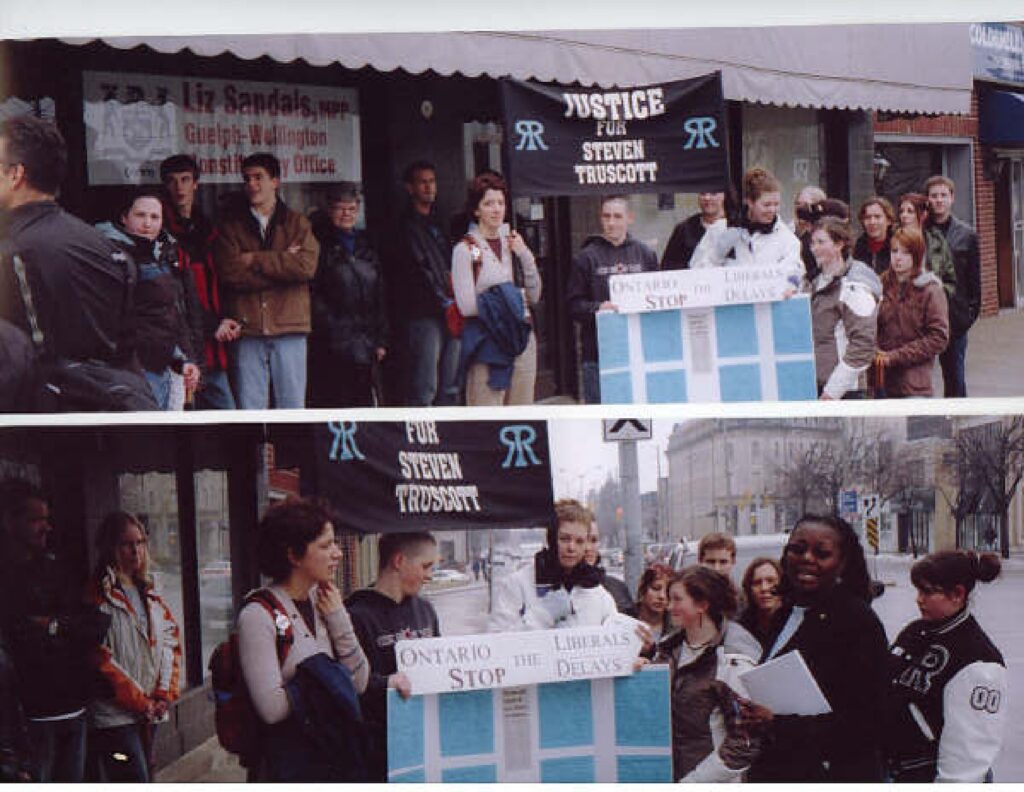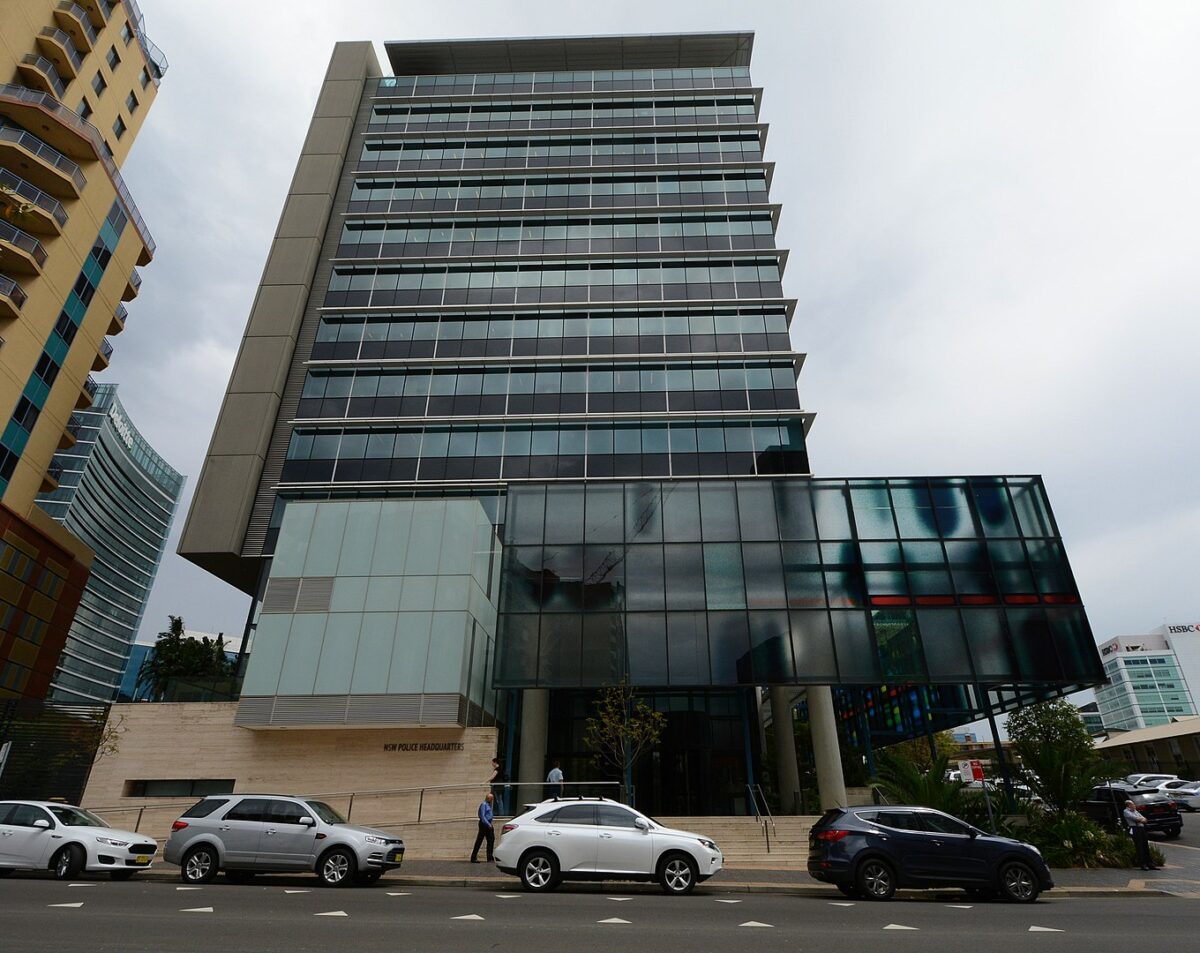SYDNEY, AUSTRALIA – We rightly see those under a certain age as less responsible for acts of violence: what about terrorism?
We have all read I imagine novels where children were treated as adults. Kids working in coal mines. Kids having to take care of other kids (often younger siblings). Kids sentenced to prison for alleged crimes they committed. Like the following case,
One story that resonates with me is that of Steven Truscott (I remember reading The Steven Truscott Story while I was in school). He grew up in Clinton, Ontario, not far from my hometown of London. In June 1959 Steven was was charged with the rape and murder of a classmate Lynne Harper. Although he was only 14 at the time he was ordered to stand trial as an adult and found guilty by a jury: the ruling judge sentenced him to death by hanging. Despite a Canadian Supreme Court rejection of his appeals, the Governor General commuted his sentence to one of life imprisonment.
It turned out that Steven did NOT kill Lynne Harper; there were all kinds of errors in the evidentiary chain. He received parole after having spent ten years behind bars, married and had a family. The Ontario government – recognizing that Steven had not only spent a decade in prison for a crime he did not commit, but had also spent nearly half a century as an innocent man stigmatised as a rapist and murderer – awarded him CDN$6.5 million in compensation for this egregious miscarriage of justice, but not until 2008, i.e. a half century later.

There are all kinds of reasons why we treat children, defined legally as under the age of 18, differently under the law. Canada, for example, has a Young Offenders Act for this purpose. Many specialists – psychologists, criminologists, etc. – have weighed in on just how a young human, with a developing brain, can or cannot be truly responsible for acts of violence.
So what do we do when an act of terrorism is carried out by a youth?
On this day in 2015
15-year old Farhad Khalil Mohammad Jabar shot and killed Curtis Cheng, an unarmed police civilian finance worker outside the New South Wales Police Force in Sydney, Australia. Jabar was subsequently shot and killed by special constables were protecting the headquarters.
Except that the teen did not get there on his own. A few days later four others were arrested in connection with the murder and it turns out Jabar would skip school to attend prayers at a local mosque where is probable he got ‘radicalised‘. He may have been influenced by Hizb-ut-Tahrir, an Islamist extremist group which rejects democracy, secularism and all Western models of state. He was not ‘self-radicalised’, one of the dumber terms I have come across over the years.
Jabar is dead and cannot be tried, either as a young offender or as an adult. Still, the question remains: can a child be a terrorist?
Read More Today in Terrorism
May 31, 1906: Spanish anarchist bombs royal wedding
On May 31, 1906 a Spanish anarchist threw a bomb hoping to hit King Alfonso XIII, killing 24 and wounding more than 100.
May 30, 2009: Anti-government group bombs TV station in Ecuador
On May 30, 2009 two pamphlet-bombs exploded outside an Ecuadorian TV station and ministry: no victims or significant damage ensued.
May 29, 2016: ISIS uses chlorine gas in terrorist attack
On May 29, 2016 35 civilians were wounded in an ISIS attack using rockets containing chlorine gas in Iraq’s Nineveh Province.

